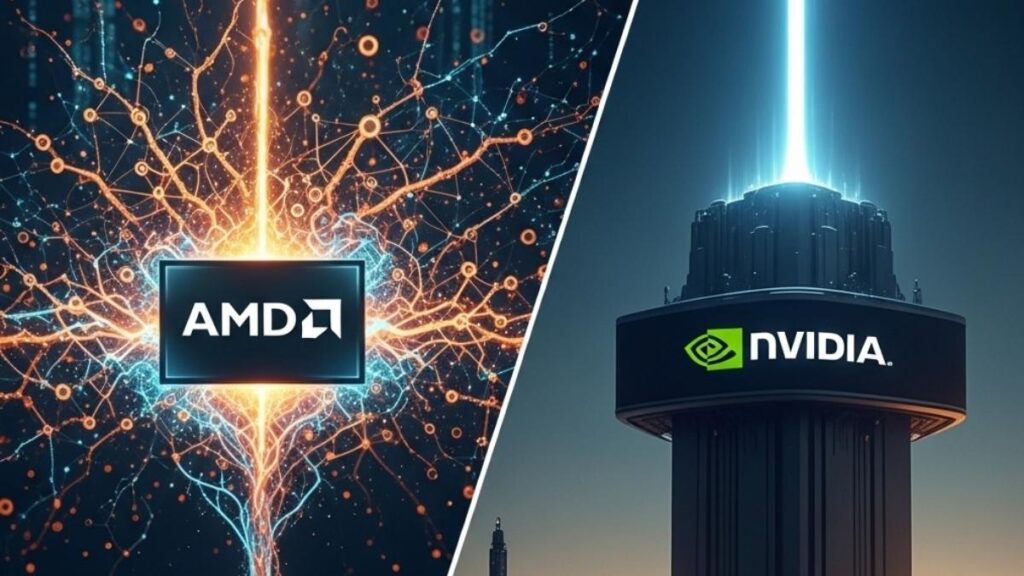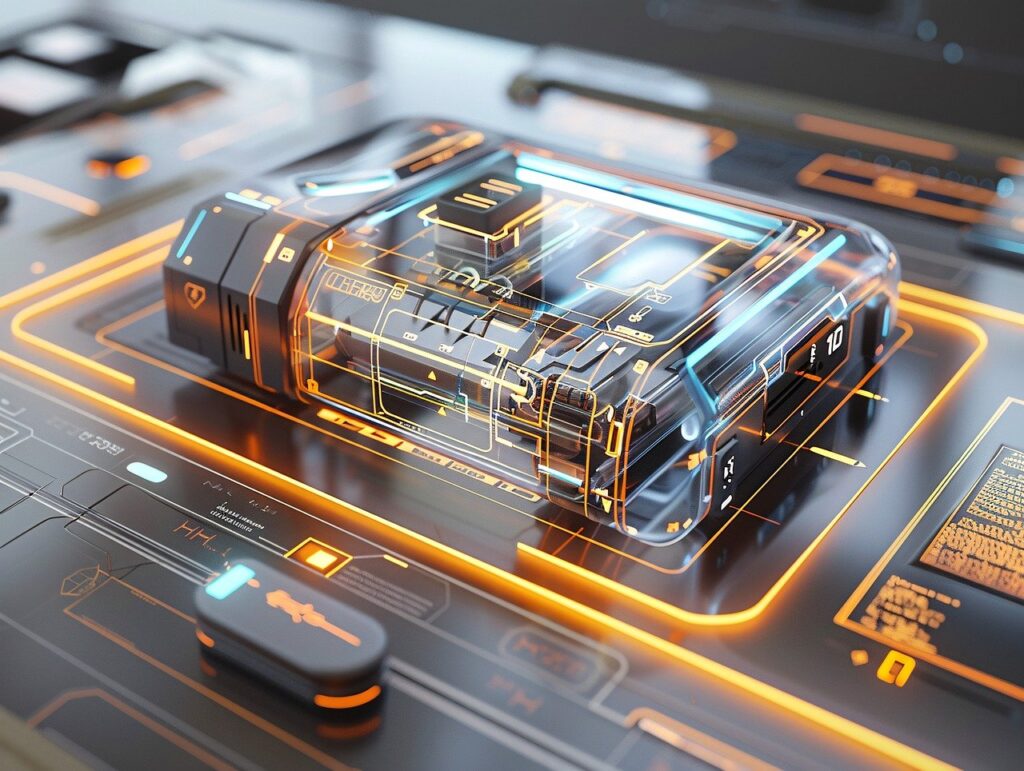This week AMD had a huge event to showcase how its pulling out all the stops on virtual reality (VR), which is believed to not only be a game changer for gaming, but for education, video entertainment, and sales as well. While this will likely really begin to ramp in 2017 when the hardware, software, and cloud services all mature, the early indicators of this potential success where showcased at the Game Developer’s Conference this week.
Let’s talk about the different elements of AMD’s impressively powerful strategy.
Game Consoles
I almost missed this but the game console makers are moving to embrace cross-platform gaming. This is important to VR because—unlike existing games—VR controls are expected to be relatively similar regardless of whether you are playing on a console or PC because they need to emulate hand movements. This means that—given it is the only technology vendor embedded in all of the major consoles—AMD should be better able to assure a more consistent cross-platform experience.
I can just imagine what is coming: Massive virtual worlds with folks on the various game systems, on all kinds of PCs, and even with untethered headsets, at all times of the day and night mixing it up in huge battle royals. Damn, I can hardly wait! Be aware, Sony is dragging its feet on this even though Microsoft Xbox is all in. Interestingly, this was something Microsoft learned as a result of some of the antitrust actions—that doing stuff across platforms raised revenues.
LiquidVR
LiquidVR was AMD’s early VR development tool set and—at its event—it was embraced by a variety of content providers. This layers on top of its game console dominance to create a useful and apparently popular set of tools that are helping these content providers get ready for this new world, whose elements and rules may have little to do with reality.
Clearly AMD isn’t the only one with a VR toolset, but being able to move between the various platforms should give LiquidVR an advantage.
Eyefinity
Eyefinity is AMD’s method for multiple monitors that are tightly coupled. Part of the reason why folks using early VR headsets got sick was because the small eye monitors got out of sync. AMD has been a leader in high-performance multiple monitor solutions for years and this expertise has helped make its VR solution much less likely to require sea sickness pills.
And for those folks not wanting to move to 3D glasses yet, 27-inch curved display prices are dropping sharply and many support AMD FreeSync now.
AMD FreeSync
This technology more tightly links the monitor and the graphics card so there are fewer artifacts and far better visual performance. When you’re using a head-mounted display, you don’t want any artifacts or tearing and FreeSync eliminates that, further reducing the possibility of motion sickness. I’ve been using FreeSync monitors for some time now and the difference is noticeable. You combine this with some of the new HDR (High Dynamic Range) technology and the images should knock your socks off.
Sulon Q
One of the most interesting demonstrations at the event was the Sulon Q. This is a Microsoft Hololens alternative that differentiates from Microsoft’s offering by eliminating the see through display and replacing it with a real-time rendering solution which renders the room you are in and then near seamlessly blends in the VR information. Much more processor intensive (and heavier) than Hololens, it also is likely where this technology will end up because the result is far more realistic because the rendered objects appear more solid and substantial.
This is where I think this is all going because you just don’t have enough power in a cell phone particularly with Google talking about doubling current resolutions twice relatively soon. But you also don’t want a physical tether because you’ll likely trip over the wire and hurt yourself or break the hardware (or just yank the wire out messing up the virtual experience).
Wrapping Up: The VR Future
What is certainly clear is that to do VR right is going to take a ton of technology and the challenge is much of it has to be invisible. While I expect products like Sulon Q to be the future, most of the present will be on PCs and gaming consoles. AMD has surfaced an amazing amount of technology but for most of us we’ll likely see it in demos or in VR Salons (which AMD is also sponsoring). In the end, by early next decade, I expect we’ll all wonder how the heck we played entire classes of games without VR. Until then, we have to go through the pains of technology birth and it’s great that AMD is trying to make that as painless as possible this time.
- The HP OmniBook X Flip 2-in-1 16-Inch: Your New Digital Swiss Army Knife (Now in Glorious Atmospheric Blue) - June 25, 2025
- The Open AI Avalanche: Why AMD’s Collaborative Spirit Is Outmaneuvering NVIDIA’s Empire - June 22, 2025
- Lenovo Embraces OpenBMC: A Step Towards Greater Transparency and Control in the Data Center - June 17, 2025



